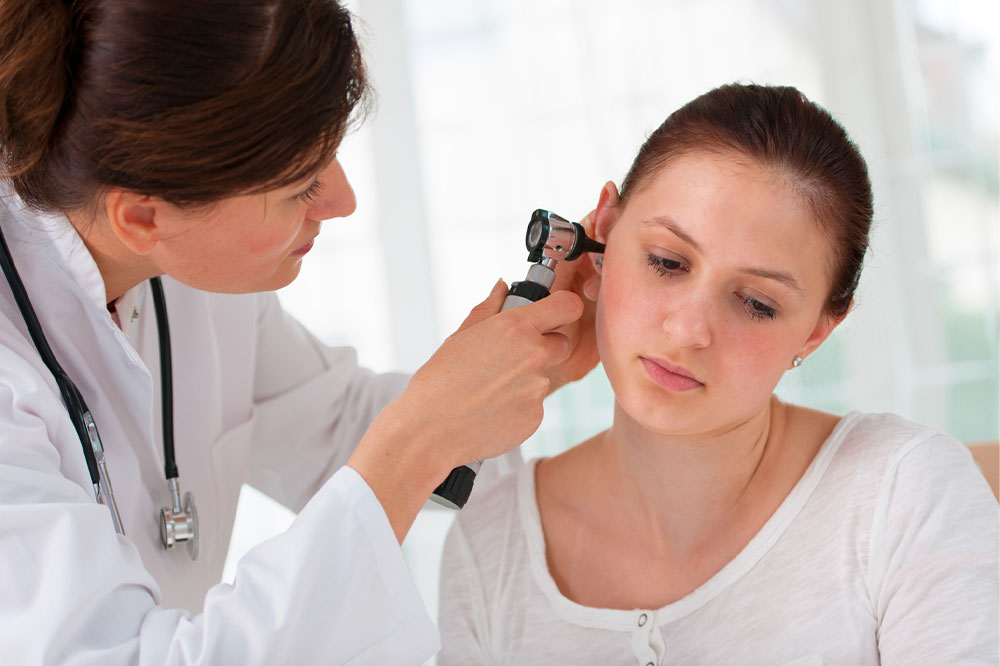Understanding H. pylori Infection: Detection and Management
This article explores H. pylori infection, its causes, diagnostic methods, and treatments. It emphasizes the importance of timely diagnosis, appropriate antibiotic therapy, and preventive hygiene practices to manage and reduce infection risks. Understand the symptoms, testing options, and treatment strategies to maintain gastric health effectively.

Understanding H. pylori Infection: Detection and Management
H. pylori bacteria are responsible for causing infections that can lodge in the stomach lining. The infection often leads to symptoms such as stomach discomfort, bloating, nausea, belching, weight loss, and stomach pain. However, some individuals may carry the bacteria without showing symptoms.
The exact mode of transmission remains unclear, but it can spread through saliva, contaminated food, or contact with fecal matter and vomit from an infected person.
Diagnosis
Healthcare providers may identify an H. pylori infection using various testing methods. Even without symptoms, diagnosis may be necessary if peptic ulcers are suspected.
These ulcers are open sores that develop in the stomach, duodenum, or lower esophagus as a result of H. pylori infection.
Tests typically include:
Stool antigen test — detects H. pylori proteins in stool samples.
Breath test — involves swallowing a liquid or pill with carbon molecules; the presence of the bacteria converts the carbon, confirming infection.
Blood test — identifies antibodies indicating current or past infection.
Endoscopy with biopsy — visual examination of the stomach to identify issues and collect tissue samples, usually reserved for suspected ulcers.
Treatment
Prompt therapy is essential if symptoms or ulcers are present. Follow-up testing is often performed four weeks after treatment to confirm eradication.
Typically, a combination of two antibiotics is prescribed to prevent bacterial resistance and ensure complete elimination.
Depending on the extent of stomach damage, your doctor may recommend medications to promote healing of the stomach lining.
Many individuals may carry H. pylori without developing complications, and good hygiene practices can significantly reduce the risk of infection.
Note:
Content related to symptoms, treatments, or health conditions aims to inform but should not replace professional medical advice. Always consult qualified healthcare providers for diagnosis and treatment decisions. Use discretion when interpreting this information.










